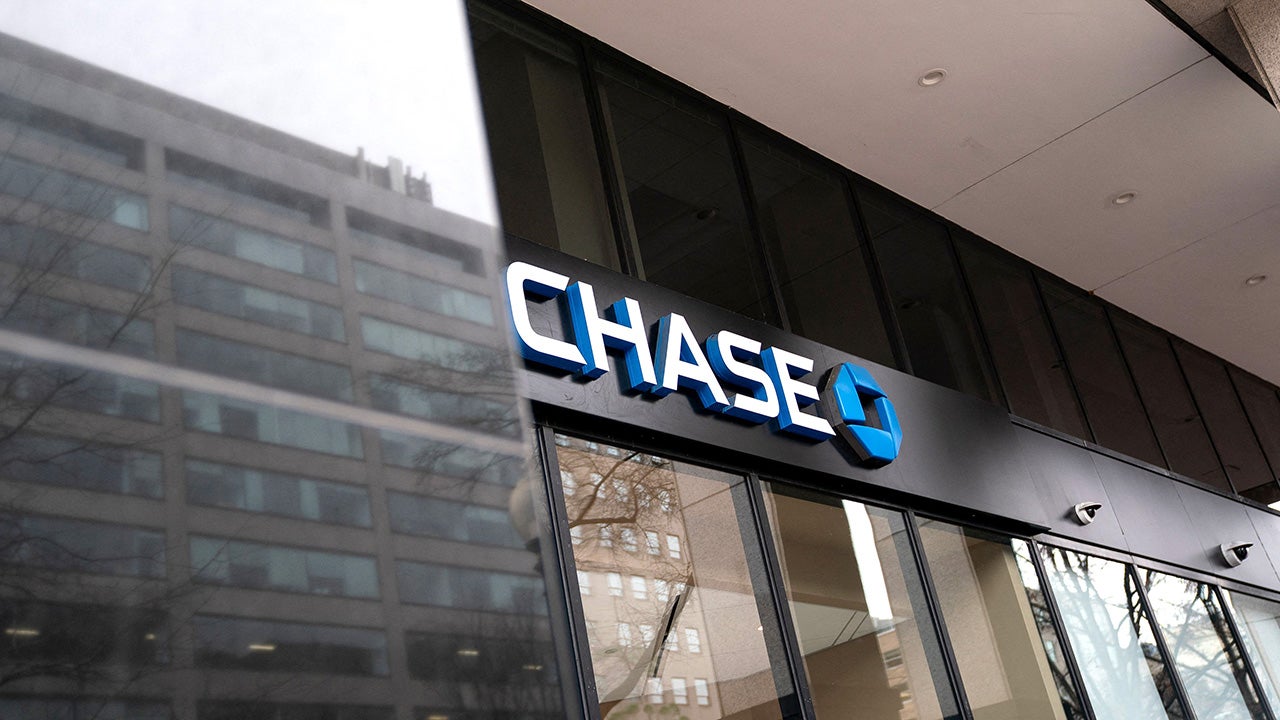Daily ATM withdrawal limits: How much money can you take out?

Key takeaways
- Banks set limits for how much cash you can take out at an ATM, which can range from small amounts such as $300 per transaction to $5,000 per day.
- Cash withdrawal limits are designed to protect you in the event that someone steals your debit card or your PIN.
- Some banks will consider increasing your ATM withdrawal limit based on your needs, so call and talk to the customer support team if you know you will need a large amount of cash.
More than 40% of Americans don’t pay for anything using cash in a typical week, according to data from the Pew Research Center. If you’re one of them, however, you could still wind up needing some physical greenbacks in an emergency. No matter how big your bank account balance is, though, you won’t be able to withdraw it all at once. Banks have limits on daily ATM withdrawals.
How daily ATM limits are set
Generally, a bank will set the same default daily ATM limits for all of its customers, but the amount can vary from bank to bank. These limits are typically on a per-day basis.
At Bank of Luxemburg, a Wisconsin-based bank, the default limit for customers to make cash withdrawals at ATMs is $300. There are opportunities to request an increase, however, if needed. Customers who might seek such increases include truck drivers, who are on the road often, as well as families going on vacation, says DeAnna Tittel, chief operating officer at Bank of Luxemburg.
“We give that power right down to each branch manager,” Tittel says. “Even their relationship bankers — they do know their customers in our small communities.”
Talk with your bank to see if it will accommodate your cash withdrawal needs.
Some individual ATMs might have their own limits on cash withdrawals. For instance, a $1,000 daily ATM withdrawal cap on your debit card could be limited on an ATM that only allows up to $300 worth of withdrawals, says Rose Oswald Poels, president and CEO for the Wisconsin Bankers Association.
Though not time efficient, you may be able to go to more than one ATM for a cash withdrawal in this situation.
Examples of ATM withdrawal limits at well-known banks
- Ally Bank: You can withdraw up to $1,010 each day using your Ally Debit Mastercard.
- American Express National Bank: Customers can withdraw up to $1,000 a day at an ATM.
- Bank of America: Withdrawal limits are based on such factors including limits that are set based on a customer’s card or account type, availability of funds at the time the withdrawal and, in some cases, the amount the ATM is capable of dispensing.
- Capital One: ATM withdrawals made using a 360 Checking Card have a daily limit of $5,000 when using a debit card.
- Citi: Customers with a Citigold Account can withdraw up to $5,000 in a business day and Citi Priority Account packages can withdraw up to $2,000 at ATMs each business day, while those with other account packages can take out up to $1,500.
- Discover Bank: A daily withdrawal limit of the lesser of $510 or your available balance is imposed.
- Regions Bank: The maximum amount for ATM withdrawals with a personal check card is $808 each day.
- TD Bank: The standard daily limit is $1,250 when using a Visa debit card or ATM card for cash withdrawals, while the bank’s Private Client customers have limits of $1,500.
The daily limit for ATM withdrawals can vary, based on the account. This happens at KeyBank, for example.
Why are there ATM limits?
The main reason banks have ATM limits is to protect your money and the bank in case someone has both your ATM card and the PIN.
Oswald Poels says withdrawal limits are in place because ATMs contain a limited amount of cash and to help keep fraud at bay.
“Should your card and PIN fall into the wrong hands, we certainly don’t want someone to be able to take out a lot of money from your account,” Oswald Poels says.
And while a restriction on your money might sound like an inconvenience, it’s actually a benefit: You’ll avoid walking around with a massive stack of cash in your pocket that makes you a prized target for theft.
How to avoid daily ATM limits
Try splitting up large cash withdrawals over a few days, if you have the time. If your ATM limit is $300 each day and you need $600, you could withdraw $300 on two separate days.
You can generally also withdraw more money than what is allowed at the ATM by making the transaction with a teller at a bank branch.
Switching banks might be another option if you find yourself frequently wanting more cash than is allowed from the ATM in a day. Before you do, though, call your current bank to see if there is an option to increase your ATM withdrawal limit. For example, Ally customers can call to request a one-time extended limit.
Alternatives to the ATM if you’ve hit the limit
Default daily ATM limits might not cut it for some emergencies. Getting cash back with a debit card purchase made at a store could be an alternative.
This money will likely count toward your bank’s point-of-sale daily limit, which might be higher than your default ATM limit. The store you’re shopping at may limit the amount of cash you can take out at the register, though.
What to do before you need cash in an emergency
Finding out your bank’s ATM daily limit now may help you to be better prepared for an emergency situation. It’s also a good idea to use your debit or ATM card every few months to make sure it stays active.
Knowing both your card’s ATM withdrawal limits and the amount you’re able to withdraw from a certain machine can make a sudden need for cash easier to handle.
Bottom line
An ATM is convenient for withdrawing money from your checking account, as long as you don’t need more cash than the daily limit allows. In addition to knowing which machines won’t charge you ATM fees, it helps to know how much you’re allowed to withdraw at the ATM each day — and alternative ways to obtain cash, if needed.
Why we ask for feedback Your feedback helps us improve our content and services. It takes less than a minute to complete.
Your responses are anonymous and will only be used for improving our website.









